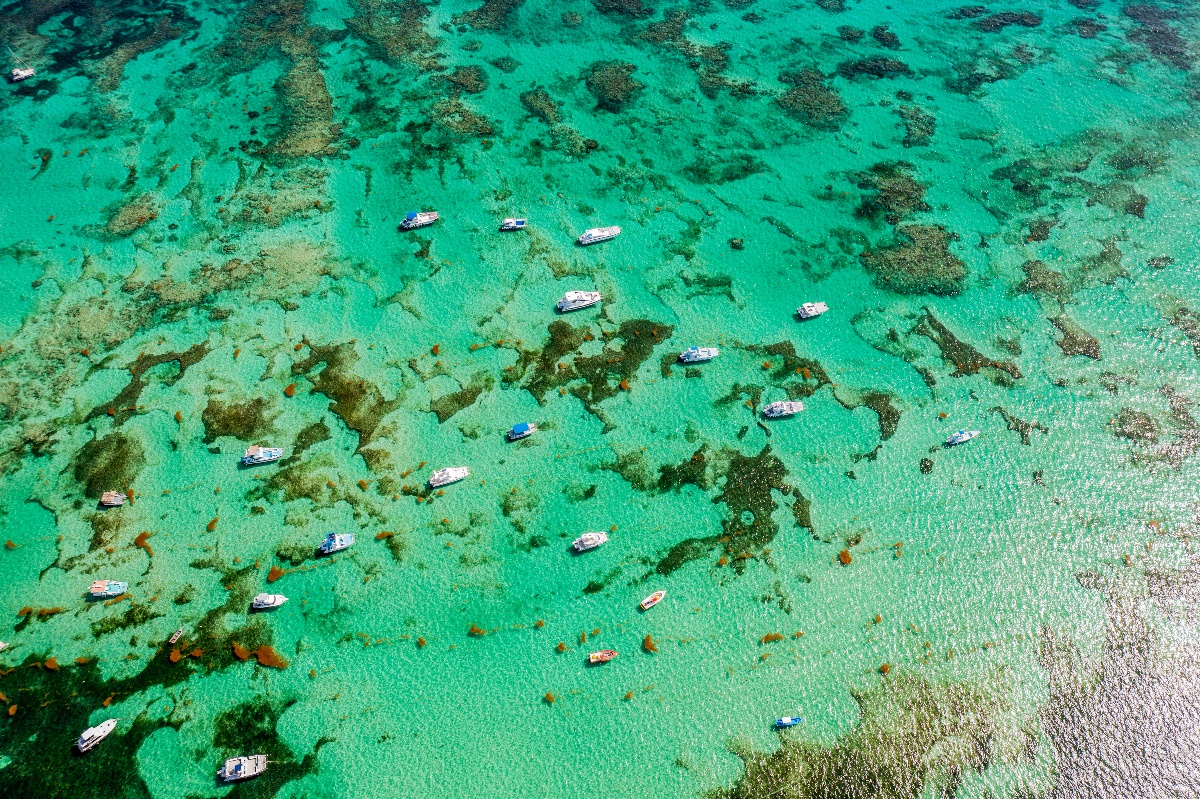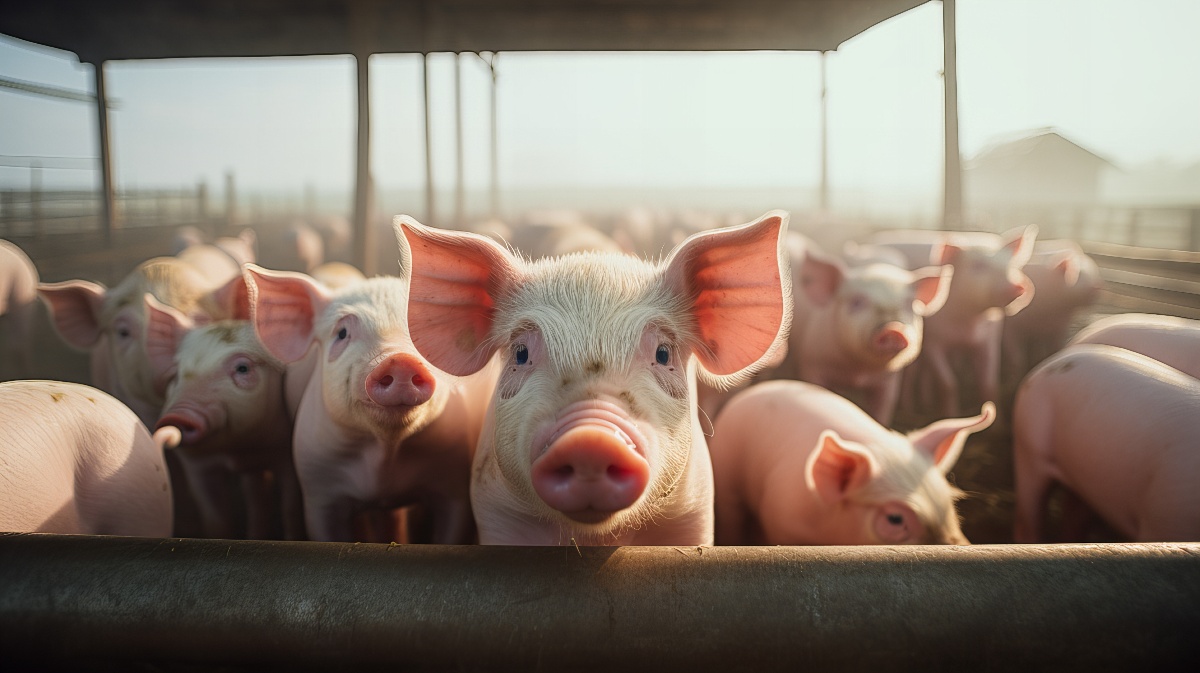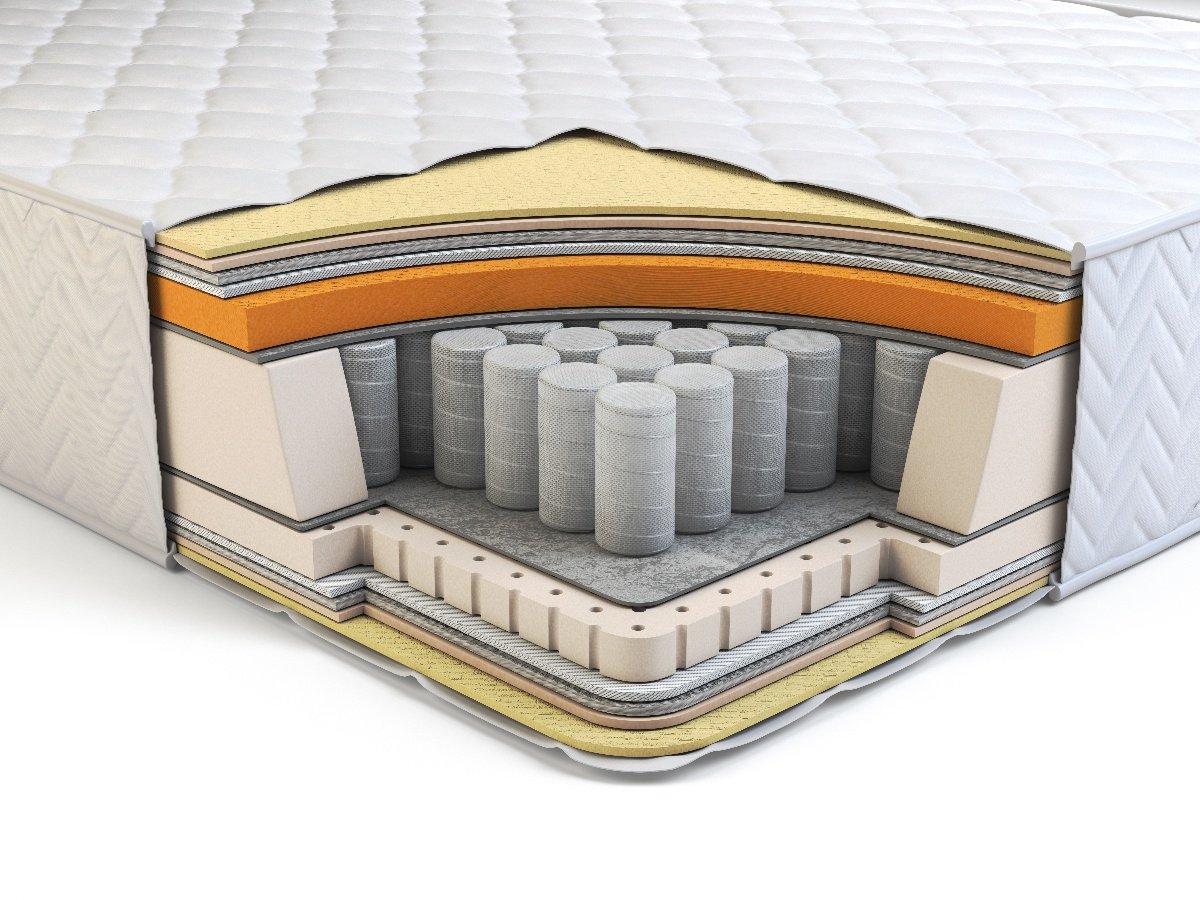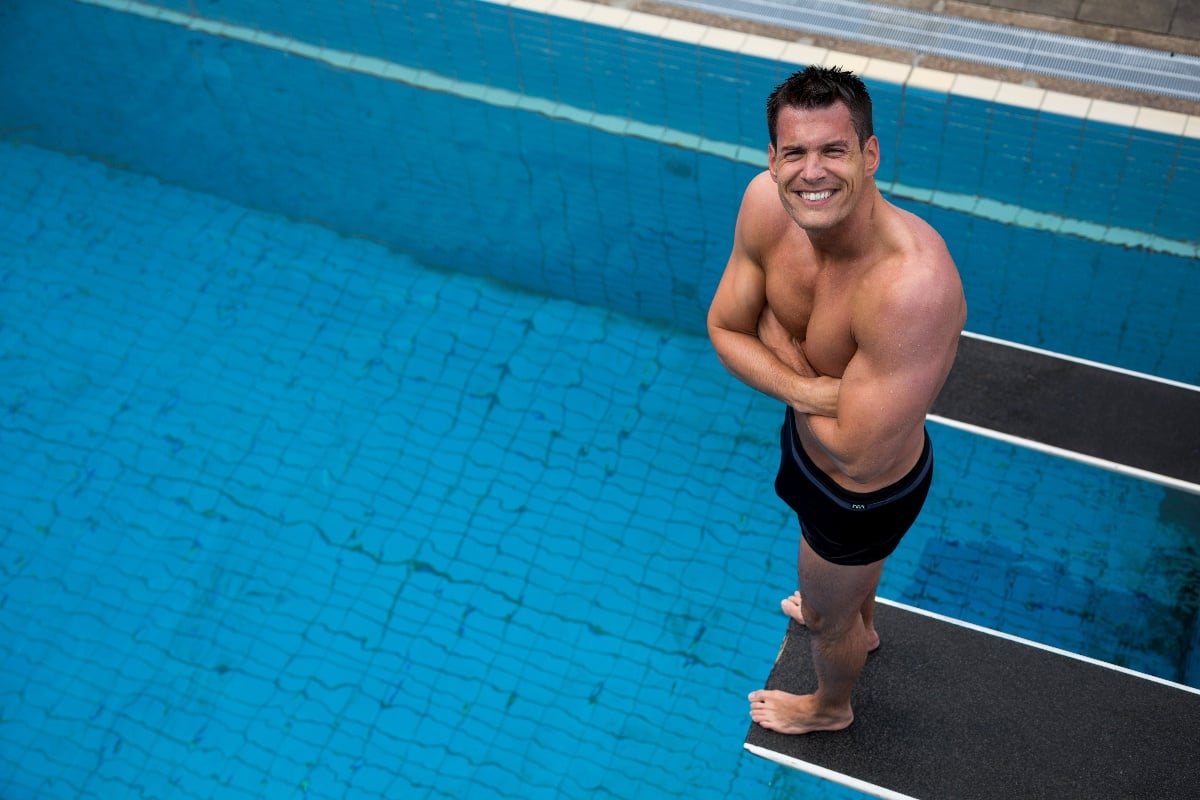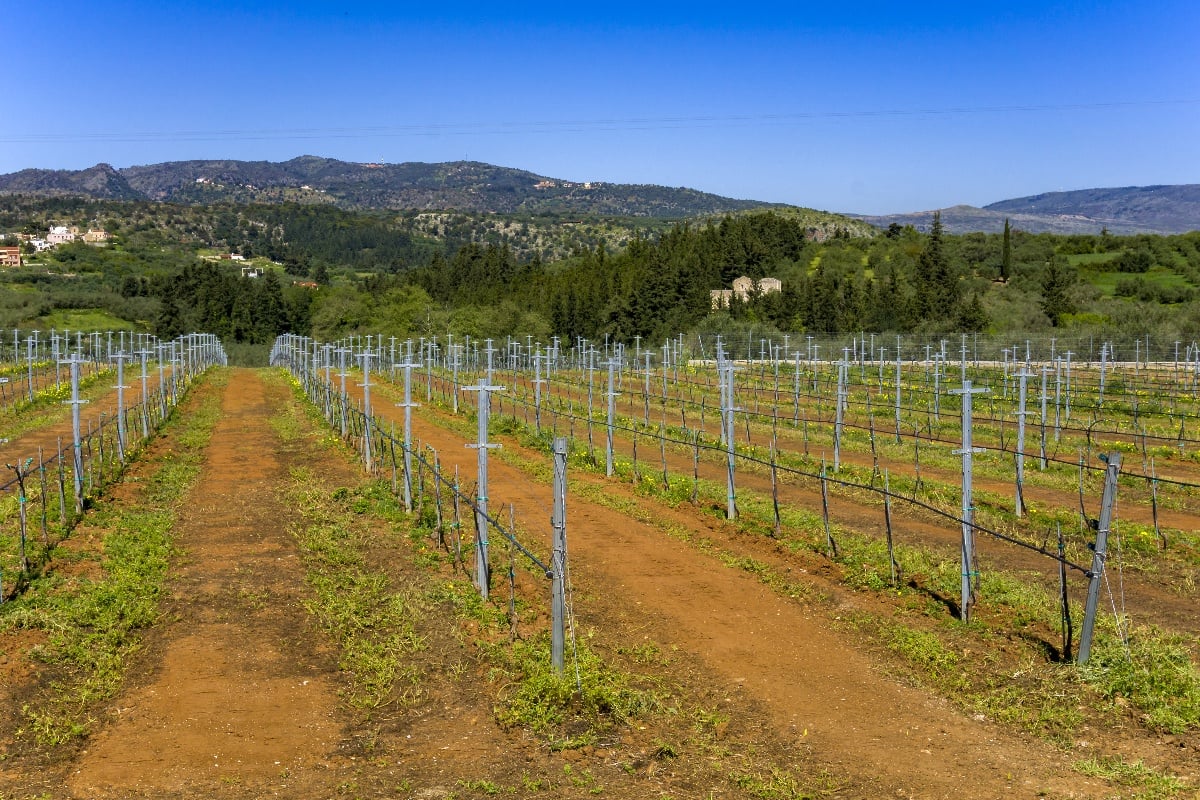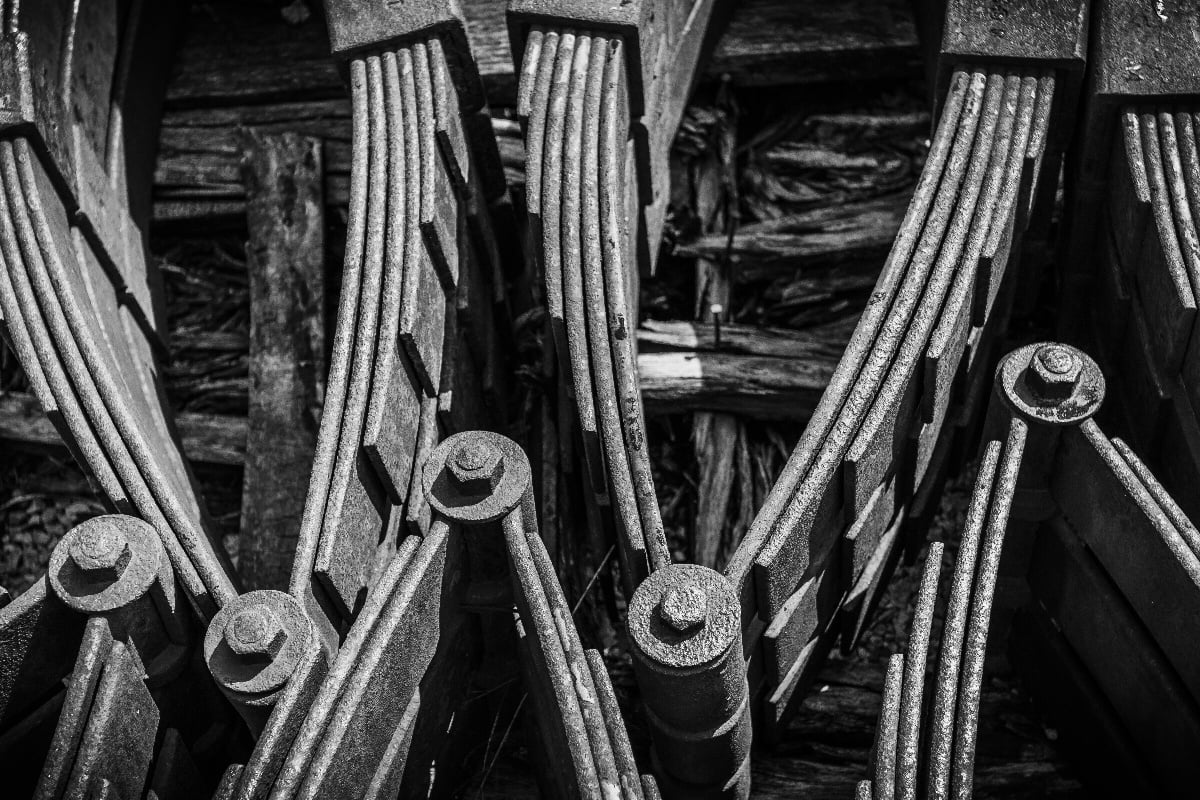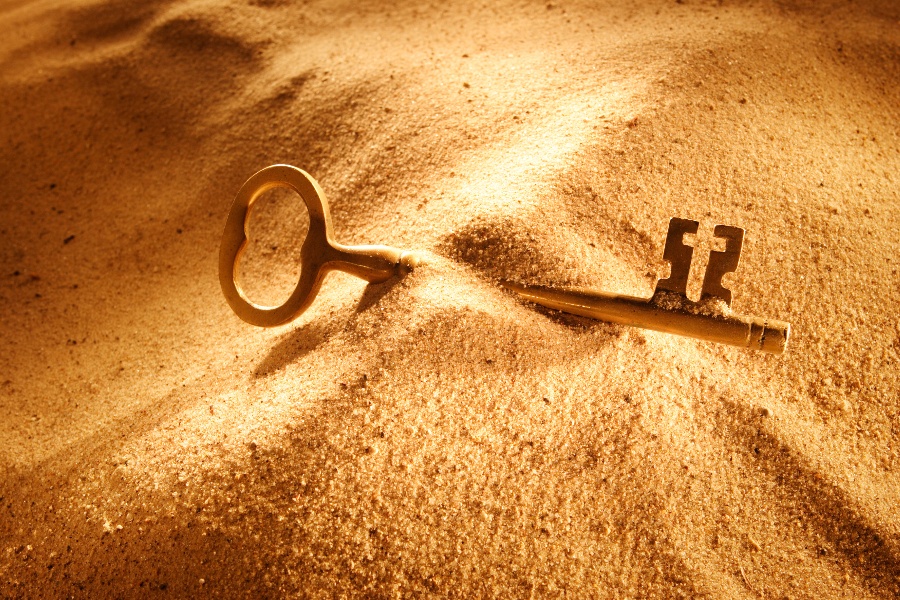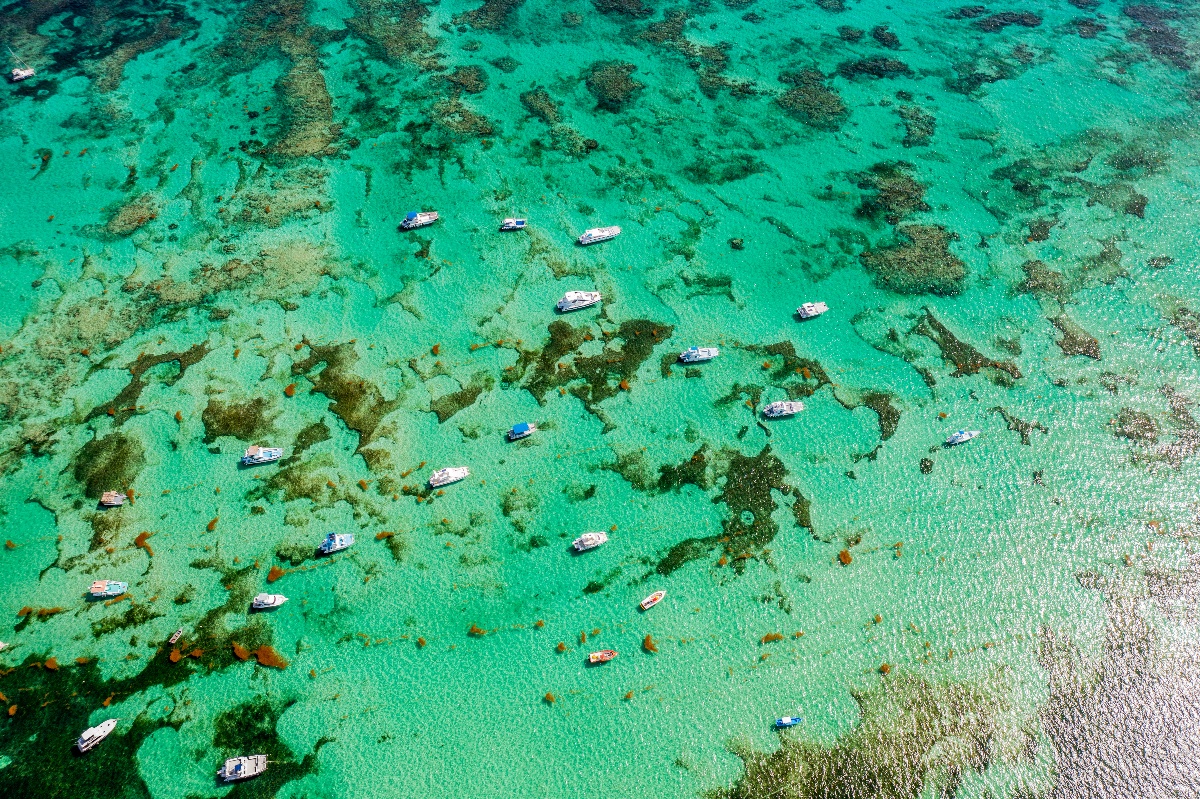
The allure of the water's edge has captivated the hearts of both recreational boaters and professional mariners for as long as mankind has been around. As our waterways become bustling avenues for leisure and commerce, the popularity of shallow-water boating has seen a significant surge. Be it for the tranquility of fishing or the thrill of exploring uncharted shallows; these activities demand not only skill but also the right equipment to ensure safety and enjoyment. At the forefront of this equipment list are shallow water anchors.
Shallow water anchors are far more than mere accessories; they enable boaters to safely navigate shallow water. Designed specifically for environments where traditional anchoring systems falter, these anchors provide the stability needed for boats to remain stationary amidst the dynamic forces of wind, current, and tide that characterize nearshore waters. Whether used to hold a fishing boat steady as anglers cast their lines, or to keep research vessels in place as scientists conduct coastal studies, the value of a reliable shallow water anchor system cannot be overstated.
In this article, we’ll discuss the importance that shallow water anchors play, the potential materials for shallow water anchors, and how fiberglass-reinforced plastic (FRP) is an ideal material for these tools.
The Role of Shallow Water Anchors
Shallow water anchors are specialized devices engineered to secure boats in water depths typically up to ten feet–where conventional anchors might struggle. They function not by burrowing deep into the seabed but by penetrating the substrate just enough to offer a steadfast hold without causing undue disturbance to the delicate shallows.
The design of these anchors is necessary in environments where the seabed is often a mixture of sand, mud, and vegetation. A well-designed shallow water anchor must be agile yet robust, able to swiftly embed itself into the ground without being cumbersome to deploy. The significance of this design becomes clear when faced with the challenges unique to shallow waters – fluctuating depths, underwater obstacles, and softer ground compositions. These factors demand innovation in anchor design, such as slender profiles for easy ground penetration and materials that resist bending or breaking under stress.
The anchor's design is also critical in addressing environmental concerns. In ecologically sensitive areas, anchors must hold without causing harm to the seabed or aquatic vegetation. Here, the anchor's design must balance holding power with a minimal environmental footprint, ensuring that the pleasures of today's boating do not come at the expense of tomorrow's waterway health.
Shallow Water Anchor Designs
Mariners can use a variety of anchor designs, each tailored to the nuances of nearshore anchoring. The most common types include:
Stake-out Poles
These long, straight rods driven into the substrate are simple yet effective. Ideal for very shallow waters, they are favored by kayakers and small craft enthusiasts for their simplicity and minimal disturbance to the environment.
Auger Anchors
Resembling a corkscrew, auger anchors drill into the seabed, offering a secure hold by leveraging the ground itself. Their design is particularly effective in soft bottoms where other anchors may drag.
Hydraulic Anchors
The epitome of modern anchoring systems, these deploy with the press of a button, driving a spike into the bottom. They are prized for their holding power and convenience, especially on larger vessels where manual deployment is impractical.
Manual systems, like stake-out poles and basic auger anchors, are valued for their direct control and simplicity. They require no power, making them reliable and maintenance-free. Automated systems, on the other hand, offer unmatched convenience and precision. Hydraulic anchors can be adjusted with finesse to accommodate changing conditions, a feature that manual anchors cannot match.
Influence of Material on Shallow Water Anchor Performance
The performance of shallow water anchors is intrinsically linked to the materials from which they are made. This relationship between material and performance manifests in several critical areas:
Buoyancy and Density
Materials like composites, which have a lower density, can float or be near-neutral in water, making the handling and manual deployment of anchors less laborious. The buoyancy of an anchor affects its ability to sink quickly and position itself for optimal holding. Materials with higher density, such as stainless steel, can offer quick and precise settings.
Elasticity and Flexibility
An anchor's ability to flex slightly without deforming can help absorb the impact loads caused by waves and boat movement, which is a desirable trait in dynamic shallow waters. Materials with some elasticity, such as certain plastics or composites, can distribute stress more evenly, reducing the risk of catastrophic failure.
Corrosion Resistance
The resistance to corrosion is important in saltwater environments. Corrosion can weaken an anchor, leading to failure. Corrosion-resistant materials reduce the need for regular maintenance, contributing to a better overall performance from the user's perspective.
Environmental Interaction
As environmental preservation becomes increasingly important, materials that are less disruptive to the seabed, such as those that avoid leaching chemicals, are preferred for their reduced environmental impact. The performance of an anchor also includes its ecological footprint. Materials that blend with the natural environment without causing harm are gaining prominence.
The choice of material for shallow water anchors is a delicate balance between mechanical properties, environmental considerations, and the practical aspects of anchor use. Understanding how materials influence performance is crucial for manufacturers and end-users alike, ensuring that the anchors do not just hold boats in place but do so efficiently, safely, and sustainably.
Fiberglass Reinforced Plastic (FRP): An Optimal Material for Shallow Water Anchors
In the quest for the ideal shallow water anchor material, Fiberglass Reinforced Plastic (FRP) is a strong potential option. FRP's combination of strength, durability, and adaptability to various environments makes it particularly well-suited for this application. Below are the reasons why FRP is considered an optimal material for shallow water anchors:
High Strength-to-Weight Ratio
FRP's lightweight nature, coupled with its strength, means anchors can be easily handled and deployed without sacrificing holding power. This ratio allows for the creation of anchors that are robust without being unwieldy, facilitating better performance in shallows where ease of movement and quick setting are crucial.
Superior Durability and Corrosion Resistance
FRP maintains its integrity over time, resisting the cyclic loading effects from waves and wind that can cause other materials to weaken and fail. The durability of FRP ensures a longer lifespan for the anchor, providing value over time with less need for replacement.
Unlike metals, FRP does not corrode when exposed to saltwater, making it an ideal choice for marine applications. The resistance to corrosion translates into reduced maintenance costs and efforts, as there is no need for frequent inspections or treatments to prevent rust.
Flexibility and Impact Resistance
FRP can bend without breaking, providing a significant advantage in absorbing shocks and impacts that could damage more rigid materials. The flexibility allows the anchor to maintain its structural integrity even when subjected to the high forces typical of shallow water environments.
Environmental Considerations
FRP anchors can be designed to have minimal impact on the seabed, preserving the aquatic environment. The material is also often selected for its sustainability credentials, as it can be engineered to incorporate recycled materials and be recyclable at the end of its life.
Incorporating FRP into shallow water anchor designs can lead to a new generation of anchors that offer unmatched performance while also aligning with environmental stewardship goals. It is a material that not only meets the demands of the present but also addresses the challenges of the future, making it a solid choice for today's discerning mariner.

